
Microsoft is pulling the Suggested Actions feature from Windows 11
Introduced a couple of years ago, the Suggested Actions feature of Windows 11 was designed to make life easier, simplifying dealing with information encountered on websites, in documents and so on. Now the feature is being ditched.
Microsoft introduced Suggested Actions as a productivity-enhancer that worked across all aspects of Windows. While the company has said nothing about why it is killing off what is ostensibly a useful tool, the answer can probably be summed up in two letters: AI.

Why agentic AI could make API threats a $100 billion-problem
APIs are the glue that holds together the modern enterprise. As digital transformation projects get the boardroom green light in ever greater numbers, so the infrastructure connecting software, data and experiences has expanded. Yet a potential storm is coming in 2025, as a new wave of agentic AI innovation takes hold in the enterprise. In fact, Gartner predicts over 30 percent of the increase in demand for APIs will come from AI and tools that use Large Language Models (LLMs)by 2026.
Unless organizations can mature their API security posture, next year could be the first time we see an LLM app security breach linked to APIs. And without improved API observability, it won’t be the last.

Willow: Google reveals new quantum chip offering incomprehensibly fast processing
For all of the focus on AI, for many people, the future lives in quantum computing. Google is among those who agree, and the company has just unveiled its latest advancements in the field -- its quantum chip, Willow. Like quantum physics and quantum mechanics, the numbers and concepts involved in quantum computing are extraordinarily difficult to imagine.
Revealing its advancements, Google says that its quantum chip took less than five minutes to perform tasks that would take even the fastest supercomputers 10 septillion years. Providing some sense of perspective, Google points out that this is “a number that vastly exceeds the age of the Universe”. So what is it that makes Willow so special -- and so fast?

Save $18! Get 'Artificial Intelligence For Dummies, 3rd Edition' for FREE
Artificial intelligence is swiftly moving from a sci-fi future to a modern reality. This edition of Artificial Intelligence For Dummies keeps pace with the lighting-fast expansion of AI tools that are overhauling every corner of reality.
This book demystifies how artificial intelligence systems operate, giving you a look at the inner workings of AI and explaining the important role of data in creating intelligence. You'll get a primer on using AI in everyday life, and you'll also get a glimpse into possible AI-driven futures.
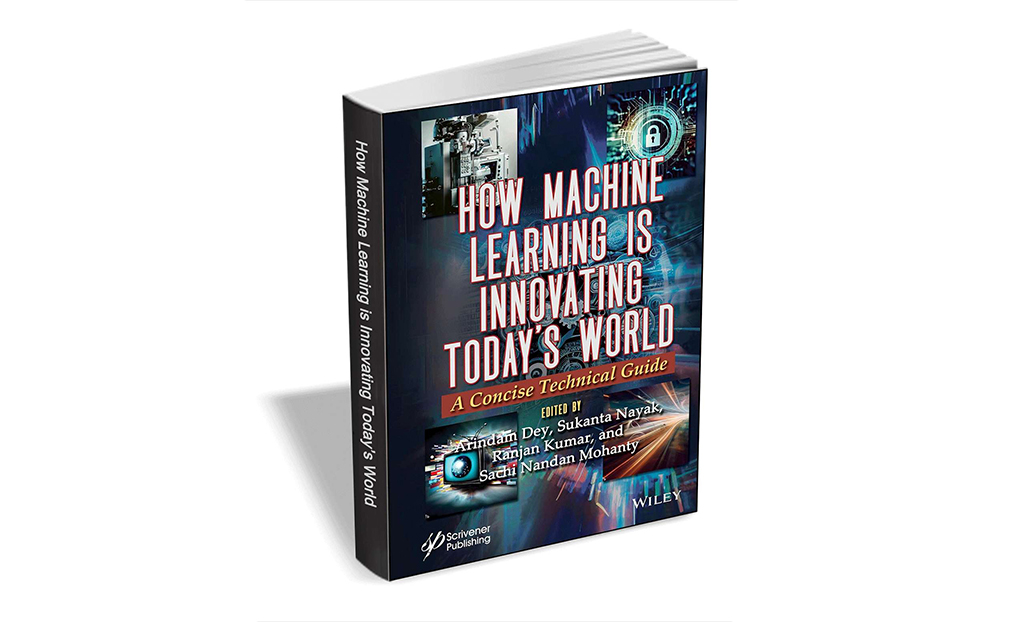
Save $180! Get 'How Machine Learning is Innovating Today's World' for FREE
How Machine Learning is Innovating Today's World provides a comprehensive understanding of the latest advancements and practical applications of machine learning techniques.
Machine learning (ML), a branch of artificial intelligence, has gained tremendous momentum in recent years, revolutionizing the way we analyze data, make predictions, and solve complex problems. As researchers and practitioners in the field, the editors of this book recognize the importance of disseminating knowledge and fostering collaboration to further advance this dynamic discipline.

Cyberwarfare 2025: The rise of AI weapons, zero-days, and state-sponsored chaos
As we approach 2025, the notion of warfare is increasingly shifting from the physical to the digital domain. Cyberwarfare, once considered a supplementary tool for traditional military operations, has now emerged as a primary weapon for nations seeking to assert dominance or inflict damage on their adversaries without the need for physical conflict. Simply put, it is easier, requires fewer resources, and can often cause maximum damage without sustained efforts. The rise of AI-driven cyber weapons, zero-day vulnerabilities, and state-sponsored cyberattacks is creating an unprecedented era of digital warfare.
Nation-states and rogue factions are rapidly integrating cyberattacks into their military arsenals, with cyber operations becoming a first-strike option in geopolitical conflicts. By targeting critical infrastructure -- such as energy grids, communication networks, transportation systems, and supply chains -- these attacks can cripple an entire national infrastructure and create mass chaos without a single physical shot being fired. This shift toward cyber warfare reduces the immediate risk of physical casualties, and in turn allows state actors to engage in asymmetric warfare, where a smaller, technologically advanced nation can punch well above its weight.
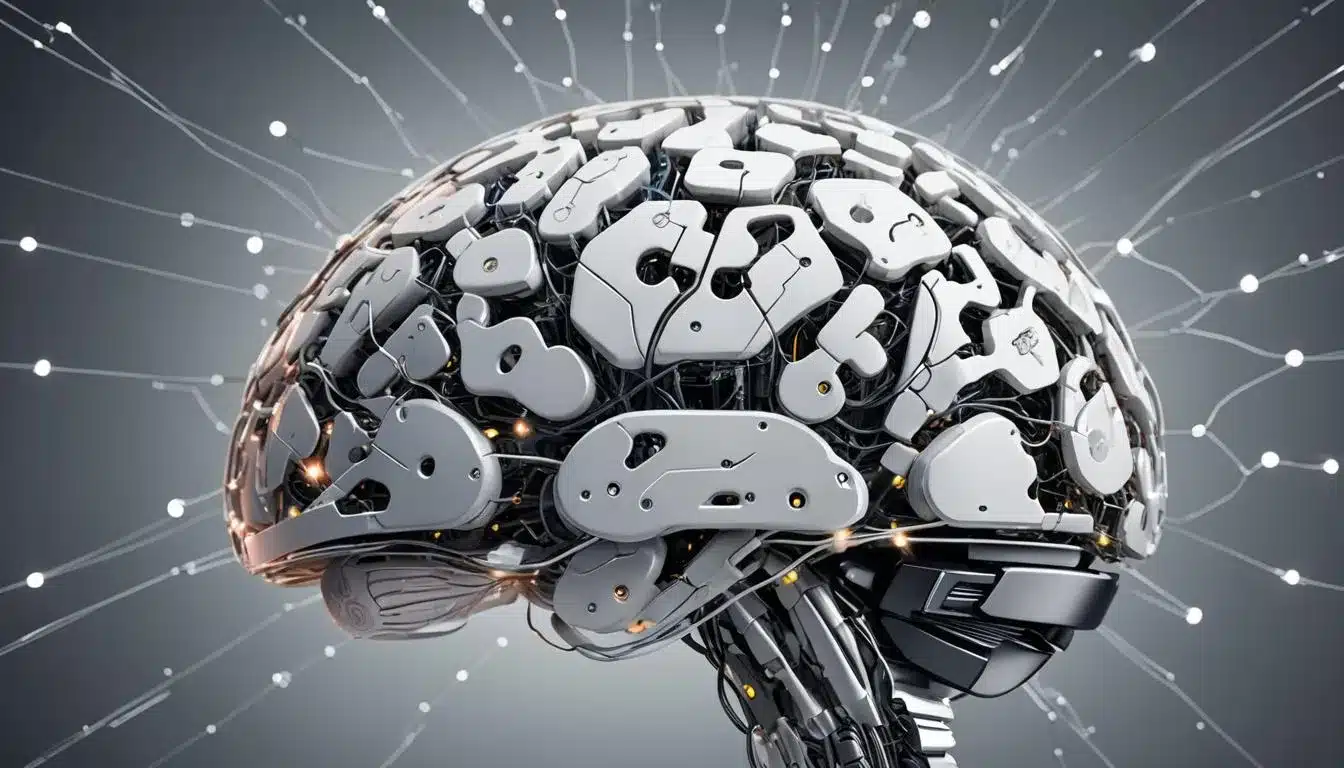
DeepMind dominates European AI research: What does this mean for researchers?
AI’s steady impact on the academic and research community is measurable through citation metrics, essentially showing how many times a study has directly influenced subsequent research. A recent analysis of AI-related citations showed beyond doubt the impact of AI. It also revealed another noteworthy statistic: Google’s DeepMind made up just under half of all AI-related citations from 2020-2024.
The company’s dominance is undoubtedly a testament to the importance of its work -- but it also serves as a starting point from which to probe further into the research landscape in Europe and how it’s been impacted by AI. Concentrated influences in academia and research can have long-lasting effects on funding distributions, channels of collaboration, and ultimately the potential for innovation. Add to this the powerful and relatively new tool of AI, and suddenly the future trajectory of scientific research on the continent looks a lot less clear.

Overcoming the skills gap with robust, easy-to-use AI
When it comes to adopting new technologies, the legal sector has traditionally been more cautious than other industries. However, AI’s potential to transform legal workflows and unlock new levels of productivity is difficult to ignore. In fact, the industry is moving at speed: a recent study shows almost three quarters (73 percent) of legal practitioners plan to utilize AI in their legal work within the next year.
On a practical level, AI is evolving so quickly that across many practices, employees have varying levels of knowledge and understanding of how AI works, what tasks they should be using it for and the legal implications of using it. At the same time, if firms introduce AI solutions that require deep technical knowledge to use, skills gaps could become increasingly problematic.

Get 'The AI Value Playbook' for FREE and save $35.99!
The AI Value Playbook is a crucial resource for those who want to understand how to leverage AI to drive business value, drawn from the firsthand experience of those who have been implementing this technology successfully.
The book focuses on questions frequently posed by leaders and boards. How can businesses adapt to these emerging technologies? How can they start building and deploying AI as a strategic asset to drive efficiency? What risks or threats need to be considered? How quickly can value be created? This book is a response to those demands.

AI and hiring
The advent of artificial intelligence inspired a great deal of fear in the workplace, especially regarding job displacement. As AI's potential became more apparent, workers in virtually every industry feared they would be replaced by an AI-driven alternative that could work faster and for less pay.
To date, those fears have been mostly unfounded. In fact, a recent study of nearly 3,000 different workplace skills determined none of them were “very likely” to be replaced by generative AI.

Microsoft’s answer to Apple Intelligence may be Windows Intelligence
Branding is important, and this is something we’ve already seen with digital assistants like Siri. Moving into the artificial intelligence era, companies have been falling over themselves to get their own stamp on their version of AI.
Apple has opted for the reasonably predictable “Apple Intelligence”, while Microsoft’s approach has been a little more haphazard. But now there are clues that suggest the company has finally come to understand the importance of giving people an overarching term to cover all of its AI-related offerings. Say hello to Windows Intelligence.
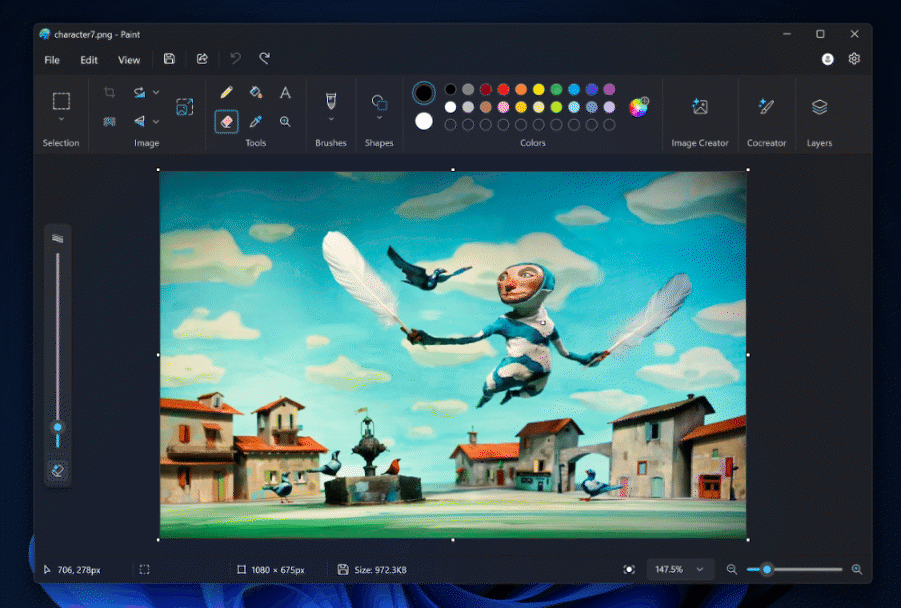
Microsoft shoves AI features into even more Windows 11 apps including Paint and Notepad
It seems that even legacy apps are not immune to artificial intelligence. Microsoft has just rolled out a new Insider build of Windows 11 that sees the arrival of AI-powered features in Paint and Notepad.
While these are both stalwarts of the Windows app arena, they also feel like unusual targets for updating with such cutting-edge features. But this is precisely what Microsoft is doing, furnishing Notepad with a handy AI-driven Rewrite feature, and Paint with clever fill and erase options.
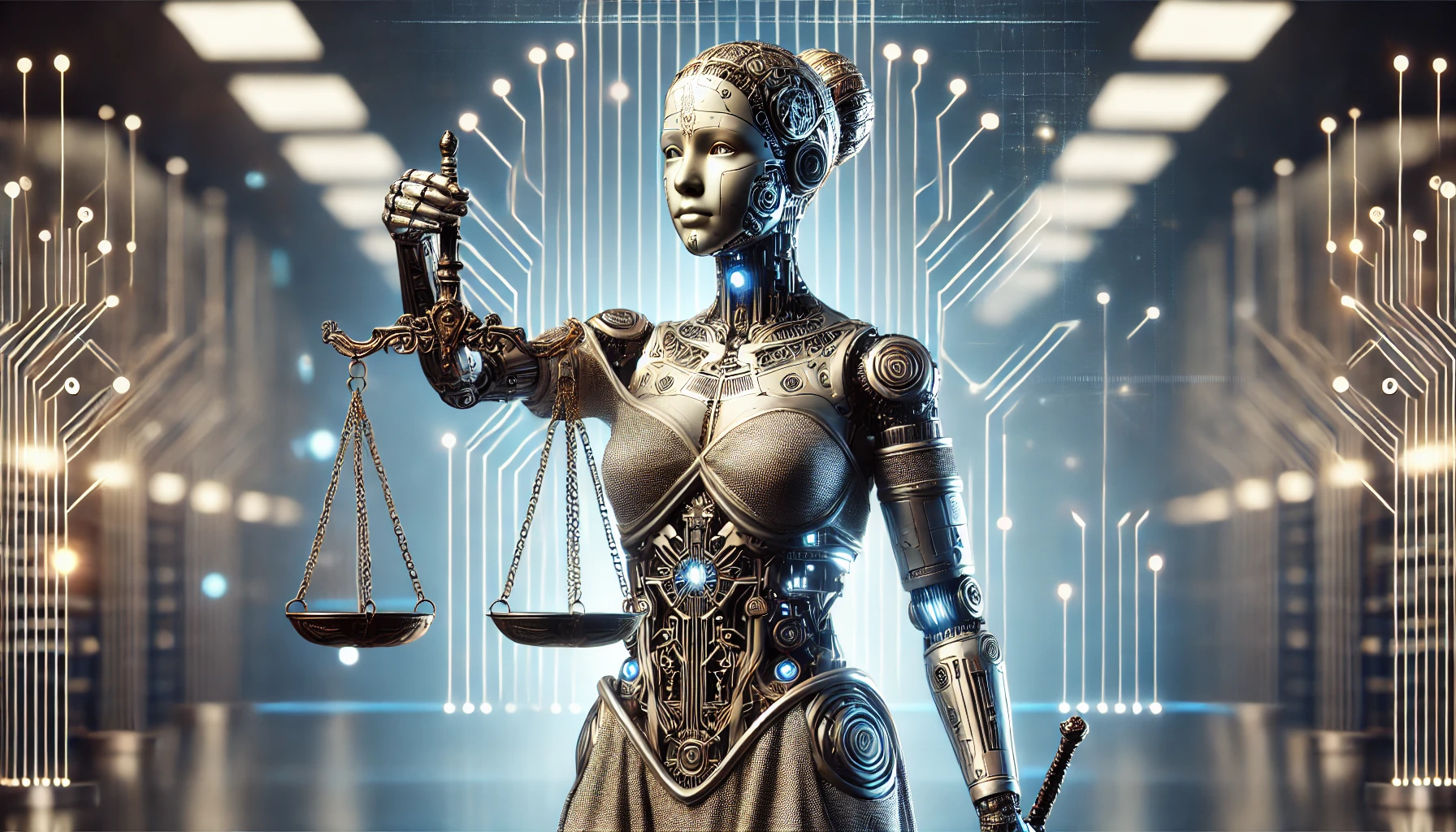
Is AI a double-edged sword for lawyers?
The legal industry is not traditionally recognized as one that is quick to embrace change, but recently, some professionals have been embracing emerging technology maybe a little too quickly, leading to all kinds of problems. The use of generative AI tools has exploded in popularity since OpenAI’s ChatGPT debuted in late 2022, and some lawyers have turned to this generative AI (GenAI) technology to help them with everything from legal research to contract drafting.
However, these GenAI models aren’t foolproof. In fact, they’re likely to “hallucinate” information that seems accurate but is actually entirely made up. If lawyers using this tech don’t take the time to double-check their outputs, they run the risk of working with factually incorrect information, which is embarrassing at best and grounds for legal repercussions at worst.
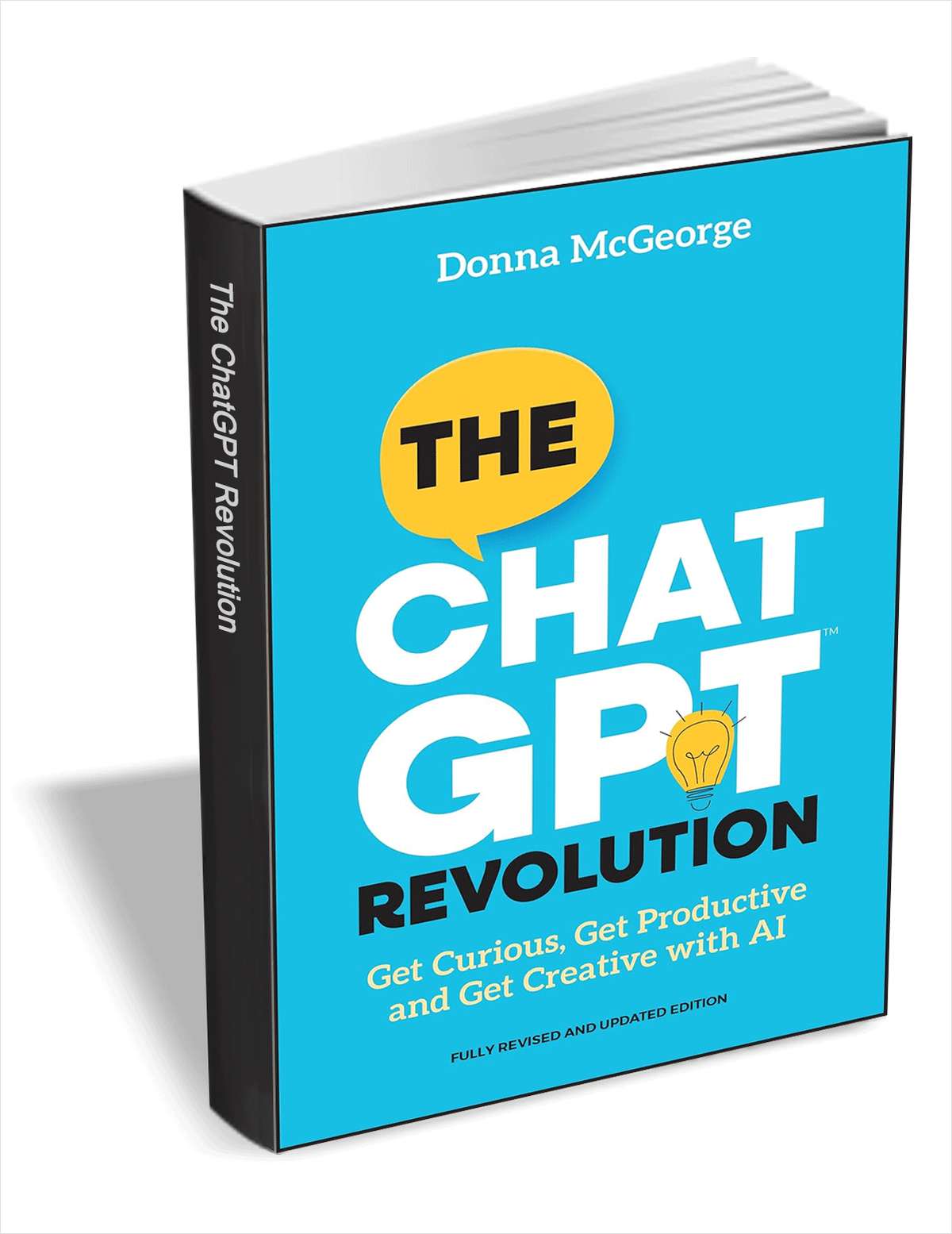
Save $12! Get 'The ChatGPT Revolution' for FREE
Learn how to simplify your life with AI in The ChatGPT Revolution -- now fully updated and revised, with even more ideas to spark creativity and boost efficiency.
The ChatGPT Revolution is the ultimate quick-start guide to unlocking the power of generative AI. We’re on the edge of an AI revolution… but what does that mean for you? It’s time to get curious about how the latest tech can help you handle your everyday load, at work and at home! Whether you’re overwhelmed by repetitive, time-consuming tasks or you’re simply looking for a fresh injection of creativity, ChatGPT has got your back.

Developers' guide: 8 ways to fast-track AI integration
AI empowers developers to co-create the software that powers our world with greater efficiency and improved security. That’s why businesses are already making significant investments in AI. According to GitLab’s 2024 DevSecOps report, 98 percent of UK respondents said they are currently using AI in software development or plan to use it. It’s therefore no surprise that today, many companies are shipping software at least twice as fast as last year.
Here are eight ways developers can tap into AI’s potential:
